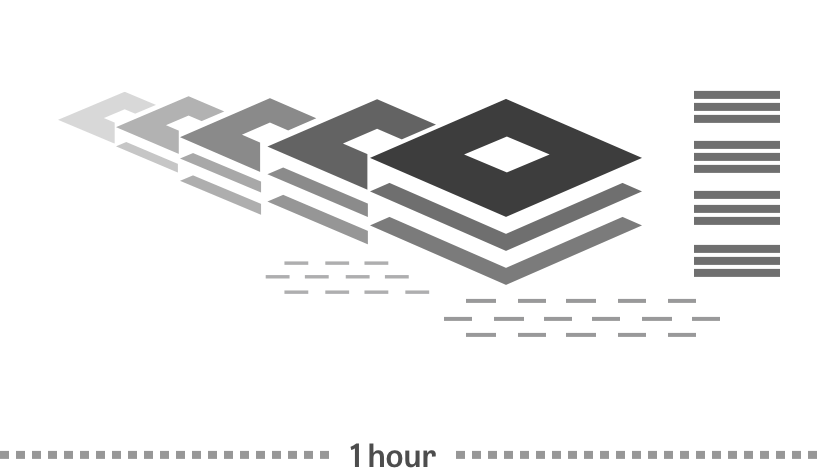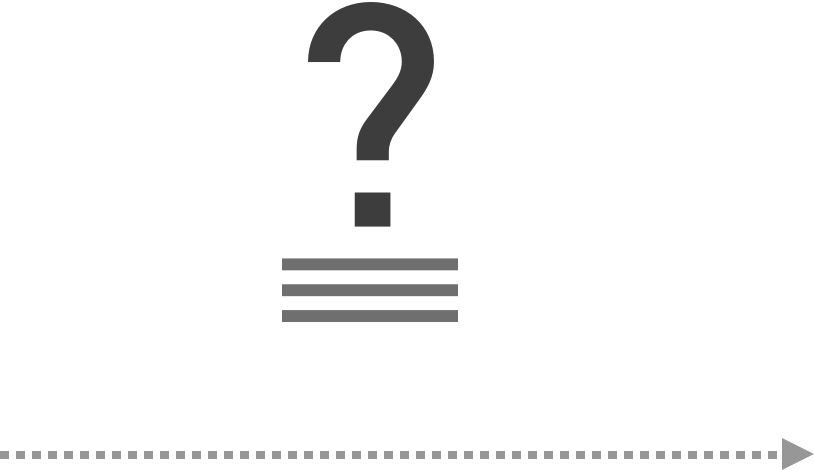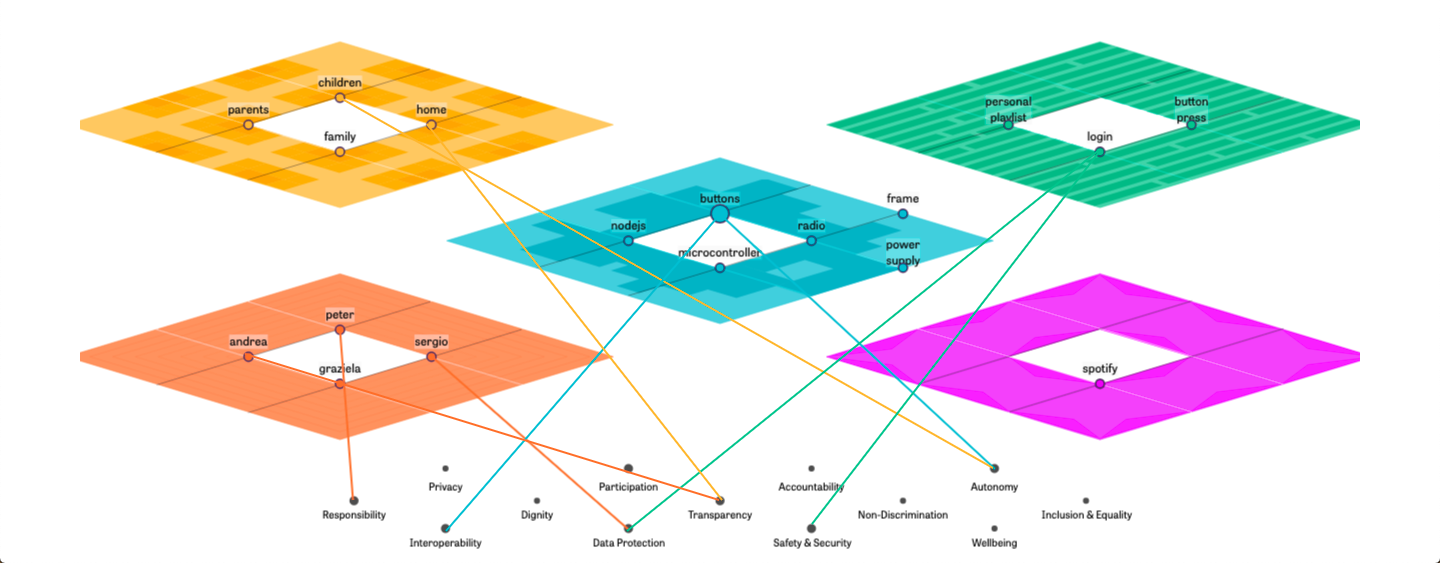Frequently Asked Questions
How long will this take?
Ethics is slow. Switch your internal mode to “reflective” and “mindful”.



1 hour: The first part of the tool is about laying out your product, considering the ethical values you are trying to embed in it, and receiving feedback about areas of possible ethical issues.
1.5 hours: The second part of the tool is about moving from “issue” to “challenge” to action. We help you to identify the key challenge(s), give you further tools understanding the roots of the challenge and how you can address it accordingly.
When you’re done, you will be able to demonstrate how your product works, its values and aspirations, as well as some thought-provoking ethical issues that you need to consider as you continue your product development.
What's the difference between the Ethical Stack and PESIA?
The Ethical Stack is a team activity to structure, train and reflect with through our VIRT-EU ethical framework of virtue ethics, capabilities and care ethics. Through using the Ethical Stack, your team will gain the vocabulary to discuss tensions and conflicts as well as tools for addressing ethical challenges. PESIA is a questionnaire of 90 questions that enables a deep dive into the data protection, security and privacy aspects of your new technology. We recommend beginning your ethical self-assessment with the Ethical Stack and finishing it with PESIA (developed by Politecnico di Torino and the Open Rights Group).
Where do I find more technical questions around privacy?
Go to VIRT-EU's service package’s PESIA for the full-blown privacy, ethical and social impact self-assessment questionnaire (PESIA), developed by Politecnico di Torino and the Open Rights Group.
Where do the ethical value definitions come from?
The ethical values and definitions we present are based on in-depth fieldwork by VIRT-EU consortium partners at the London School of Economics and the IT University of Copenhagen.
Is there a reference for these ethical challenges?
We have created an open spreadsheet for you to refer to all of the value challenges and value clashes here.
Who should be at the table when building the Ethical Stack?
If you are a team working on a product, we suggest you gather a group of at least three people with different roles and sets of knowledge: a product manager, a designer, a developer, the CEO. Other important roles at the table could be: UX designer, user researcher, marketing, public relations. If you do not have clear roles in your team/group yet, try assigning roles to your team members and ask them to put themselves in the shoes of that role.
To whom should I show the Ethical Stack?
The information you put here is private. You may want to share your stack with other employees, investors, new employees or partners to share the inside of the product, convey the values behind your product, and continue to deal with the ethical issues as you develop your product.
When and why would you use the Ethical Stack?

We’ve developed the Ethical Stack based on research in VIRT-EU, co-creation and testing sessions. We’ve seen start-ups and small companies benefiting from using the Ethical Stack tools in these ways:
A. You want to check if you're on the right track.
We want to demonstrate that we have focused on ethics when building our entire product. We want to use this as a team exercise to get on the same page and also invest in some internal training for ethical reflection. Map out the Entire product. Uncover ethical challenges. Deal with [some of] them.
B. You're unsure about a couple of things.
You would like to be more critical of certain areas of your product and have support to discuss those. Use our guiding questions to prompt these discussions and the tools to facilitate collaboration. Map out this Area. Uncover your product’s ethical challenges. Deal with [some of them] by re-designing.
C. You are at a decision-making moment and want to get some help.
You’re trying to make a decision - whether to use this or this specific element in your product, or whether it will be “ethical” to try to shift your product to a different user group. Map out the Decision across the Ethical Stack. Uncover ethical challenges about each branch of your decision. Consider them in your resolution.